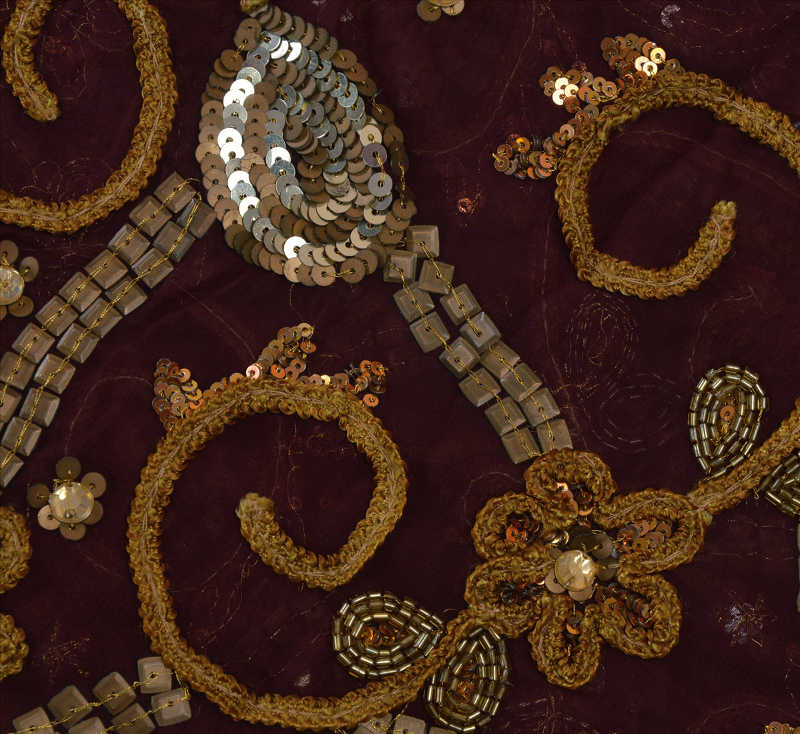===
0693,
6
===

=== |
 |
ḳharāshnā : 'To scrape, scratch, claw, lacerate'. (Platts p.488)
hunar : 'Excellence in any art; art, skill; attainment; accomplishment; ingenuity; cleverness; knowledge, science; excellence, virtue, merit'. (Platts p.1237)
FWP:
SETS == GROTESQUERIE
MOTIFS == LIVER
NAMES
TERMSLast night's 'art, skill, craftsmanship' apparently reached a new hight of excellence, because when both the heart and (especially) the liver are entirely clawed to pieces or 'devoured', then surely life is over. For while the heart constantly consumes blood, in the ghazal world the liver is the blood-maker, the emblem of fortitude. So this may be almost a 'dead lover speaks' verse.
In any case, this verse is an example of what I call 'grotesquerie', in which the physical literalness of the imagery becomes distasteful to the imagination. It's routine in the ghazal world for the heart and/or liver to be destroyed, lost, pierced with arrows, etc., but to imagine the fingernails bloodily clawing open the whole chest and then gradually, systematically, skilfully clawing to bits and 'devouring' (like an eager predator) both heart and liver-- well, the idea is basically off-putting, or even actively disgusting. The contrast between the bloody wreckage of the clawed-open chest, and the savoring of the 'art, skill, craftsmanship' used on it, is just too over-the-top; for my taste, it's too distracting and repugnant to be enjoyable.